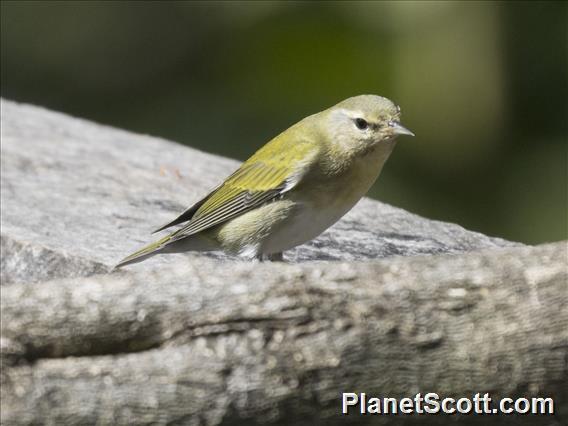Tennessee Warbler (Leiothlypis peregrina)

Tennessee Warbler (Leiothlypis peregrina)

Tennessee Warbler (Leiothlypis peregrina)

Tennessee Warbler (Vermivora peregrina)



×




Tennessee Warbler (Leiothlypis peregrina)

Tennessee Warbler (Leiothlypis peregrina)

Tennessee Warbler (Vermivora peregrina)
About Tennessee Warbler (Leiothlypis peregrina)
- Kingdom: Animals
- Phylum: Chordates
- Class: Birds
- Order: Perching Birds
- Family: New World Warblers
The Tennessee warbler is a New World warbler that breeds in eastern North America and winters in southern Central America, the Caribbean, and northern South America. The specific name peregrina is from Latin peregrinus "wanderer".
Source: Wikipedia
Visits
-
2009-02-02
Santiago de Atitlan, Guatemala -
2009-02-03
Los Tarrales, Guatemala -
2009-02-06
Copan, Honduras -
2009-02-18
Parque National Palo Verde, Costa Rica -
2009-02-23
Cartago, Costa Rica -
2009-03-09
Cana Station, Panama -
2013-04-19
Bolivar Peninsula, United States of America -
-
-
-
-
-
-
-
-
-
-
-
-
-
-
-






